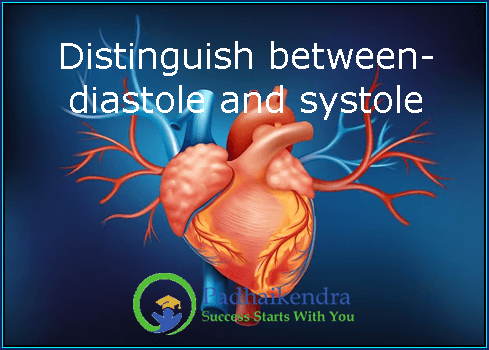Diastole and systole are two phases of the cardiac cycle, which refers to the sequence of events that occurs during one heartbeat. The main difference between diastole and systole is:
- Definition: Diastole is the phase of the cardiac cycle when the heart muscle relaxes and fills with blood, while systole is the phase of the cardiac cycle when the heart muscle contracts and pumps blood out of the heart.
- Blood flow: During diastole, the blood flows into the heart and fills the chambers (atria and ventricles). During systole, the blood is pumped out of the heart into the arteries.
- Heart sounds: The first heart sound (lub) is heard during systole, when the mitral and tricuspid valves close to prevent backflow of blood. The second heart sound (dub) is heard during diastole, when the aortic and pulmonic valves close.
- Blood pressure: Blood pressure is at its highest during systole, when the heart is pumping blood out of the heart and into the arteries. Blood pressure is at its lowest during diastole, when the heart is relaxed and filling with blood.
In summary, diastole is the relaxation phase of the cardiac cycle when the heart fills with blood, while systole is the contraction phase of the cardiac cycle when the heart pumps blood out of the heart.





